science
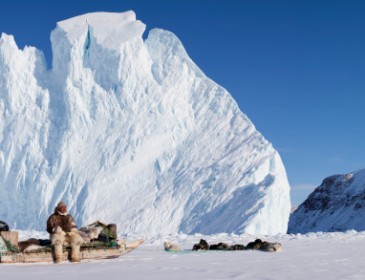
Arctic Inuits survive the extreme cold thanks to genes from extinct species of human
Arctic Inuits may have adapted to the cold and harsh climate thanks to genetic variants that first emerged in archaic humans, the Denisovans. These variants may protect them by generating a specific type of body fat and by changing their body fat distribution. How Inuits have survived for so many years in some of the coldest...
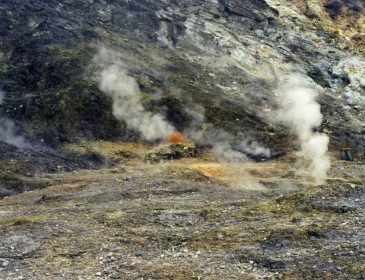
Magma is rising underneath Naples’ supervolcano Campi Flegrei – and is reaching critical pressure
The gases underneath the volcano are becoming saturated with water as the magma gives off steam. The building pressure under the volcano could lead to rock failure at the surface, which often triggers a volcanic eruption. The scientists say that they have no direct evidence to believe that an eruption at Campi Flegrei is...

Ancient Chinese medicine shows promise in the treatment of tuberculosis
Artemisinin, the ancient Chinese medicine that dramatically reduced the number of deaths from malaria around the world, may also help treat people suffering from tuberculosis. This approach could provide a solution to one of main problems associated with TB treatment – the length it takes to cure the disease completely....
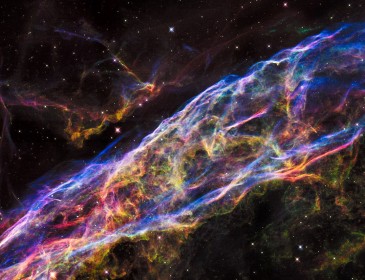
Hubble Space Telescope Photographs IC 5201 — A Distant Barred Spiral Galaxy
Astronomers using the Hubble Space Telescope have captured an image of a distant spiral galaxy in unprecedented detail. The barred spiral galaxy, named IC 5201, is located over 40 million light-years from Earth in the direction of the constellation Grus and was first spotted in 1900 by the British-South African astronomer...
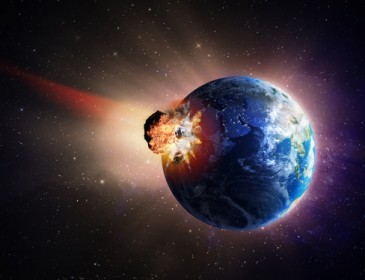
Earth is overdue for an ‘extinction level’ asteroid strike and we’re not prepared at all
We’re sorry to spoil your weekend, but Earth is overdue a massive asteroid strike and ‘there’s not a hell of a lot we can do about it’. The jolly outlook has come from a Nasa scientist, who warned that humans don’t have a defence for an ‘extinction level event’. Horse called Party Till...
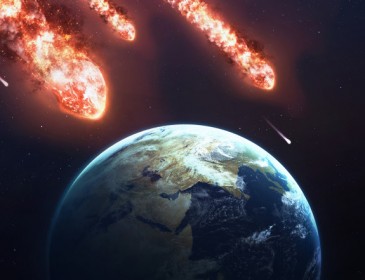
NASA scientist warns Earth is due for ‘extinction-level’ event
A NASA scientist is warning that Earth is due for an “extinction-level” event like a comet or asteroid strike — and claims there won’t be anything we can do to stop it. Joseph Nuth, an award-winning scientist at NASA’s Goddard Space Flight Center, told attendees during Monday’s annual...
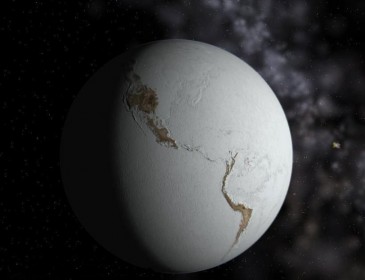
An acid rainstorm lasting 100,000 years melted snowball Earth to let life emerge
An era of acid rain showering the whole world may have been all it took to push Earth from a giant snowball-like state towards the environment we know today. Intense chemical weathering is the likely cause of the end of a period known as the Marinoan glaciation, which happened form 650 to 635 million years ago, according to a...
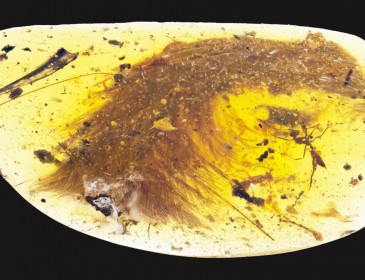
Dinosaur tail complete with feathers trapped in amber discovered at Myanmar marketplace
A piece of amber containing a dinosaur tail covered in feathers has been discovered at a marketplace in Myanmar, where it was destined to become a piece of jewellery or a curiosity. The dinosaur is believed to have been a juvenile non-flying dinosaur that lived 99 million years ago. The piece of amber, which is no bigger than...

Ancient astronomers’ records show days are getting LONGER
ASTRONOMICAL records dating back to 750 BC have shown the speed of Earth’s spinning is gradually slowing down… making the length of each day LONGER. The time it takes our world to complete a full rotation has increased every 100 years, due to friction caused by the ocean’s tidal systems and solid mass...
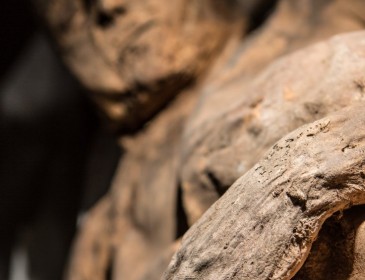
Child mummy sheds light on the ancient history of deadly smallpox
A child mummy from the 17th century has shed a new light on the history of smallpox. Although the disease has been documented in ancient civilisations, scientists now think that this chronology is incorrect and that the virus that causes smallpox diversified more recently than previously thought. Smallpox is the first disease...
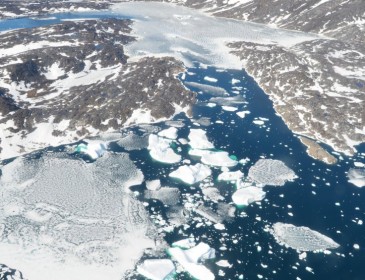
Greenland’s ice sheet once did a vanishing trick that lasted 280,000 years
Two studies this week on the history of Greenland's ice sheet, home to the some of the world's fastest-melting glaciers, have found that at least once almost the whole country was laid bare of ice for hundreds of thousands of years. The pair of studies are published together in the journal Nature. The first, led by...

Alien life could be found in the clouds of failed stars, according to scientists
If we're going to one day find life beyond Earth, then we need to know where to look, and scientists have identified another potential habitat where aliens could be lurking. That habitat is the upper atmosphere of cold brown dwarfs — massive stellar objects that are somewhere between planets and stars in size, but...